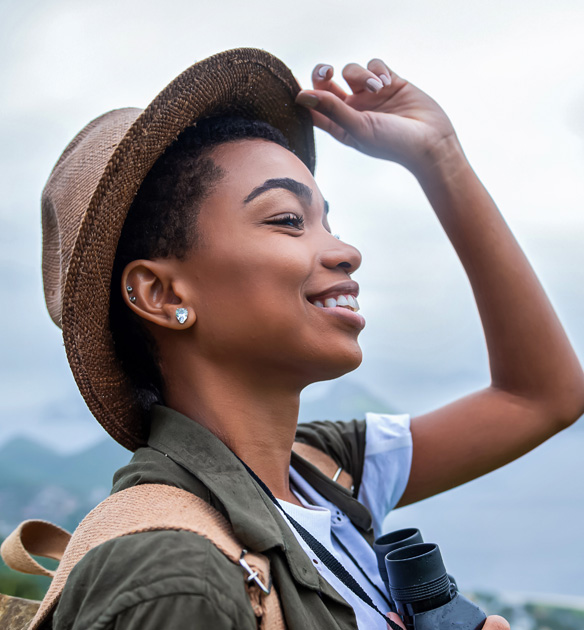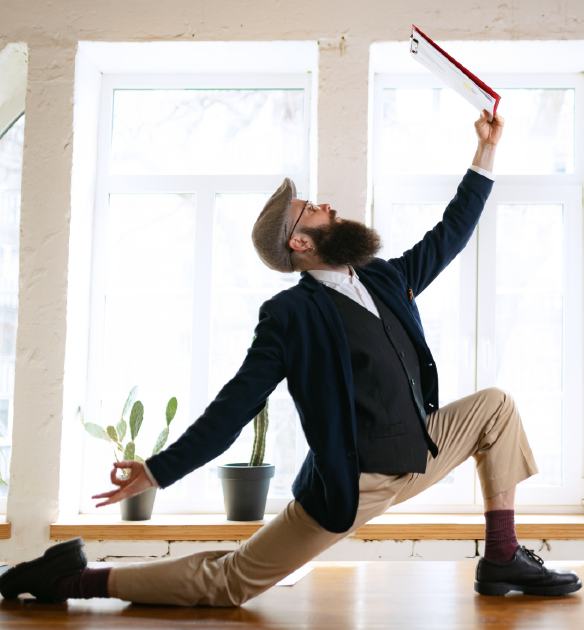How Pelagic Gear Adapted to Unprecedented Challenges
The COVID-19 pandemic has forced brands and marketers worldwide to get creative when it comes to allocating budget, promoting products and offers, and appealing to rapidly changing consumer attitudes and behaviors.

As part of our New Rules series, we recently spoke with our client Eugene Lai, Senior Director of Ecommerce and Digital at outdoor lifestyle brand Pelagic Gear, via email to learn more about how the business adjusted, what kinds of results they’ve seen, and what lessons and “new rules” he’s learned as a marketer over these past few months.
How has the COVID-19 pandemic impacted your business overall?
Eugene: The business has been affected both negatively and positively during this pandemic, which has made for interesting times, but most important to us was how we kept our employees safe.
To keep our staff safe, we adjusted our store procedures to limit the number of customers in the store and required face masks to keep everyone safe. Curbside pickup was also a new offering for our customers that proved to be successful. Along with keeping our stores safe, we also altered how we work at headquarters by working from home and limiting the number of people in the office if employees decided it was necessary to come in. The company culture of employees first has kept everyone safe and allowed us to continue to operate without any loss of efficiency.
From a business perspective, the negative impact was driven by our retailers having to shut down, which put a stop to wholesale shipments and re-orders.
With the wholesale business on pause, Pelagic Gear was in an unknown state that forced a fast pivot, turning e-commerce into the main selling channel. Thankfully we were lucky enough to have existing and new customers respond positively to the new way of purchasing Pelagic Gear. Online sales have grown due to the natural shift in shopping behavior from in-store to online.
The fact that Pelagic Gear is a fishing brand couldn’t have hurt either. When most of the country was social distancing, boat owners decided fishing was a great activity to follow the recommendations.
This also added fuel to our growth, but the greatest growth factor was the ability to scale our advertising with the Rakuten Advertising team. They were ready when we decided to cast a wider net digitally, and they also came to the table with recommendations and optimizations that helped us cut through all the other competing brands. We’re thankful to have partners like Rakuten Advertising that can react as fast as we needed to keep the business moving forward.
How have you had to pivot during COVID, and what kinds of results are you seeing?
Eugene: Throughout the everchanging uncertainty of COVID, Pelagic has seen exceptional results due to swift actions taken with the search channel. Before COVID, Rakuten Advertising and Pelagic teams were discussing strategy ahead of peak summer months, but we quickly shifted to react and adapt to the marketplace as the impact of COVID became more apparent.
Following the announcement of restriction of travel to Europe on March 11, both Rakuten Advertising and Pelagic had to mold to the consumer behavior shifts while staying ahead of tomorrow’s consumer trends. How we defined our audience, what we understood to be peak hours on devices, and other elements of our campaigns’ performance were rapidly changing, and so was our strategy.
The first and most important step in the strategy shift was re-framing how we approached the budget. Historically, budget was given at the beginning of the month and pacing was regularly communicated. When COVID became more present and demand consistently increased, we understood that we needed to capture what we knew was there, which also meant increasing our investment.
Each week, Rakuten Advertising updated spend and sales forecast by channel to equip Pelagic Gear with information regarding what the market is showing and what that meant in terms of spend levels. These weekly forecasts contained multiple scenarios to show performance impact and what consumer demand would be left on the table. Pelagic Gear and Rakuten Advertising proceeded with the mindset that sales will eventually level out, but until then the plan was to capture as much sales volume as possible.
Other pivotal changes that Pelagic Gear implemented included enabling the “Sale” tab of the website, updating copy to include language such as, “If your idea of social distancing is 30 miles offshore, we have you covered.” Prior to March, this landing page was hidden and would only show during promotions. This resonated with updated consumer attitudes and behaviors, and we tailored visual creative to reflect social distancing, by using imagery that did not feature groups of people.
Given the transparency, consistent communication, new messaging and more, Pelagic Gear has seen extraordinary results.
Performance metrics from March through July year-over-year:
- Revenue +158%
- Return on ad spend (ROAS) +107%
- Conversion rate +74%
- Traffic +67%
- Click-through rate +16%
- Cost per click -25%
What are you doing from a Paid Search perspective?
Eugene: Search is an intent-based channel and with the sales growth we saw, we knew we had to maximize on impression share to capture all available demand, and actively engage with new users.
For the search channel, all ad copy and ad extensions were updated to reflect the current climate, as well as introducing the sale-focused landing page which was activated for COVID. While Brand carries the bulk of performance, Shopping generates a favorable return with high sales and reach. Leveraging Google’s Smart Shopping product, we increased exposure on Google Search, Google Display Network, Gmail Ads & YouTube (all eligible networks Smart Shopping ads can be served on).
In the Non-Brand Search space, we increased impression share investment on non-branded queries relevant to Pelagic Gear through Dynamic Search Ads (DSA). Reviewing search query reports for DSA, the trends were clear with news releases and consumers finding creative ways to adapt. We captured neck gaiter searches through this campaign, which began peaking in April and tailored a strategy specific to these terms as consumers began using fishing neck gaiters as face masks.
Additionally, through consistent monitoring of the competitive landscape, we noticed specific competitors not appearing for their branded terms while others were clearly shifting their strategies by channel. By keeping a pulse on the live space, we enabled a competitor campaign with the main KPI being traffic; similar to the success Pelagic Gear terms were generating, so were the sales for the competitor keywords we were actively bidding on.
Which types of products are proving to be most popular during this period, and why do you think that is?
Eugene: The top-selling products since March 1, 2020 include fishing neck gaiters, straw hats, sale accessories (socks, towels, tools, etc.), fishing hats, fishing shorts on sale and fishing UPF shirts on sale.
Neck gaiters remain a top-selling product as consumers rely more and more on face coverings; before COVID, there was much less interest in these units.
Top selling products since March 1, 2020:
- Fishing neck gaiters
- Straw hats
- Sale accessories like socks, towels, tools etc.
- Fishing hats
- Backpacks and duffels
- Fishing shorts on sale
- Fishing UPF shirts on sale
- Women’s bikinis
- Women’s leggings
- Women’s UPF sun shirts
What’s the most valuable lesson you’ve learned as a marketer throughout all of this?
Eugene: The most valuable lesson learned was the only consistent thing is change, especially in the marketing world, and being able to react and adapt effectively. We’ve pivoted strategy, budget planning, promotions, and everything in between while striving to be one step ahead of consumer behavioral shifts. Through a strong relationship, consistent communication and strategy alignment with the understanding that things may change sooner than we anticipate, we’ve successfully navigated the uncertainty of COVID in its initial months. We will continue to adapt and react to what the data is showing.
What sorts of trends are you expecting to see as we head into the second half of the year?
Eugene: We’re anticipating a period where things level from a year-over-year perspective. Fueled by peak summer months and COVID remaining top of mind, it will be interesting to see how fall and winter months shake out.
Since summer is Pelagic Gear’s top sales-driving season, we can assume that a good percentage of current sales would still happen regardless of COVID. But my current prediction is that we will begin seeing sales softening a bit come September. While we may soften, the expectation is that with COVID and continued messaging around social distancing, we believe we’ll continue to see growth in the double digits.
To learn more about how Rakuten Advertising can help you adjust to changing consumer behaviors to get better results, get in touch with us today.

